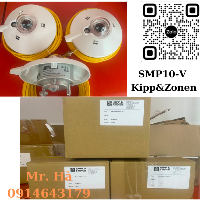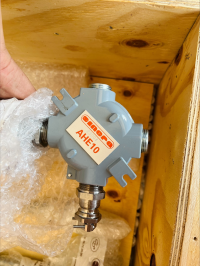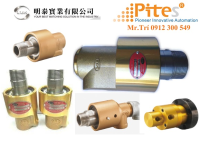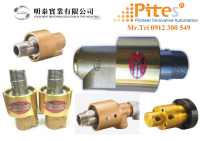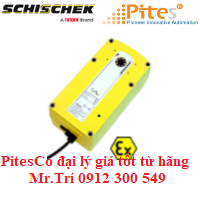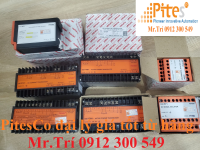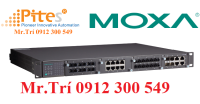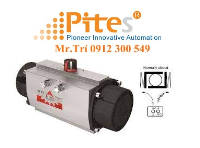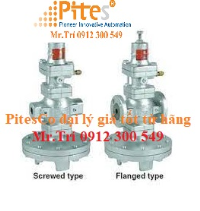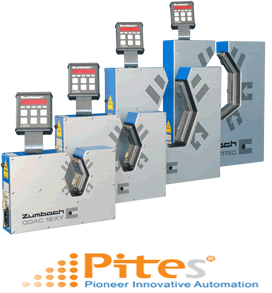
ODAC - Fiber Optics - Overview - Vietnam ,ODAC - Fiber Optics - Overview Pitesco ,ODAC - Fiber Optics - Overview Việt Nam ,ODAC - Fiber Optics - Overview PTC
Hãng sản xuất: zumbach
Accurate Diameter and Position Monitoring for Optical Fiber Drawing processes

ZUMBACH's advanced laser gauge ODAC® 18XY combined with the analog interface AI 4-ODAC®, represents an ideal solution to these problems.
- Scan rate and accuracy are extremely high.
- The position measurement in X and Y is precise and linear.
- The vibration frequency can be determined thanks to the high X-Y scan rate and processing speed.
- The analog outputs for diameter and position have a high resolution (16 bit) and a high update rate (120/s). (To date, most available equipment has resolutions of 12 bit and update rates between 10 and 60/s).
Measurement After Coating
The same package (ODAC® 18XY with AI 4-ODAC®) can be used after the coating stations where position monitoring is normally not required.

Local display and control unit LOC 01 (Option)
This LOC 01 unit is mounted directly on the measuring head. Only for RS and DP versions.
Laser diameter gauge with integrated processors
This generation of laser diameter measuring heads is available as an "RS" or a "DP" version with integrated CPU, in addition to the traditional "J" version. The RS and DP versions can communicate with a host computer via the RS interface or PROFIBUS DP.
The built-in processor allows the raw measuring data to be filtered as well as for the preparation of statistics and a choice of parameters and many additional functions. Over a separate RS service interface the parameters for the measuring data processing can be checked or optimized for specific applications.
Ultra fast diameter gauges with integrated fault detection
These new series offer high-precision, non-contact laser diameter measurement with extremely high scan rates and an integrated fault detection function.
Thanks to the ultra high scan rates and single scan function, these scanners are, in addition to the standard diameter measurement, especially suited for efficient fault detection (lumps/neckdowns) for cables with bigger diameters at a medium line speeds. Therefore, a separate and conventional fault detector becomes needless for such applications.
Outstanding advantages
- Double or even higher scan rates than before, i.e. more measurements per time unit
- Maximum fault detection (lumps/neckdowns) at increased line speeds
- FFT / SRL analysis with higher bandwidths







 Mr. Trí
Mr. Trí